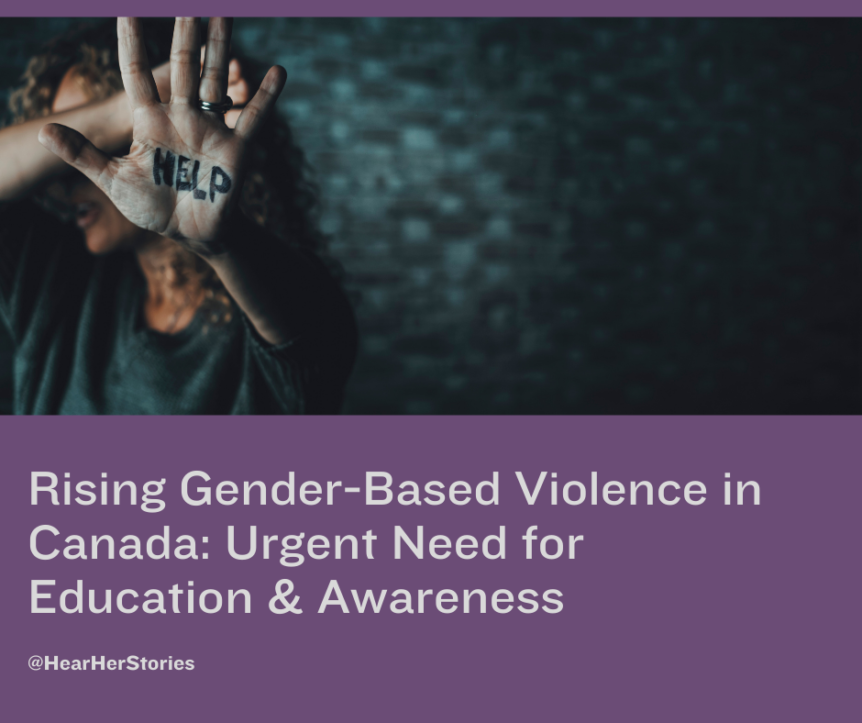Share this Post
In 2022, 184 women and girls were killed by violence in Canada. This number has steadily increased in each of the past three years; 148 women and girls were killed in 2019, 172 in 2020 and 177 in 2021.
There were 6,423 incidences of anti-2SLGBTQIA+ protests and online hate in Canada in the first three months of 2023 alone. Expressions of hate toward trans and non-binary people and 2SLGBTQIA+ people more broadly have been rising.
Transphobia and femicide are both forms of gender-based violence, defined as any form of violence directed toward somebody because of their gender, gender identity, gender expression or perceived gender.
My team of researchers, The Gender-Based Violence Teaching Network, created resources, professional development and a teaching toolkit to support more teachers to effectively teach students about the root causes and consequences of different forms of gender-based violence.
Devastating effects
Gender-based violence has devastating effects for those who experience it. In addition to immediate physical, psychological and/or sexual harm, it leads to increased economic insecurity and has detrimental impacts on mental health.
Gender-based violence is prevalent in our society. A 2021 survey by the Canadian Women’s Foundation showed that two-thirds of 1,515 Canadian respondents know a woman who has experienced physical, sexual or emotional abuse. Despite this high prevalence, it is often not examined in schools as a social issue.
My analysis of Ontario secondary school curricula showed that some form of gender-based violence is mentioned at all grade levels. It is most frequently mentioned in upper-level optional social sciences and humanities courses (such as Grade 11 Gender Studies or Grade 12 Challenge and Change in Society).
These elective courses are also more likely to help students examine how gender-based violence is influenced by systems of power, discrimination and social constructs, including through the intersections of gender and racialization, disability and socioeconomic status.
Need to learn how violence is normalized
Teachers told me that, unfortunately, these elective courses are not always offered and, when they are, they are most often taken by students already familiar with these ideas.
This means most Ontario students never learn about the connection between acts of violence and broader structures that normalize gender-based violence by discriminating against girls, women and 2SLGBTQIA+ people.
For example, Indigenous women and girls are 12 times more likely to be murdered or missing than other women in Canada. This disproportionate violence results from centuries of colonization, which continues to manifest through multigenerational and intergenerational trauma, social and economic marginalization, and institutional practices and social behaviours that maintain the status quo and ignore the agency and expertise of Indigenous women, girls and 2SLGBTQIA+ people.
Originally published in conversation.ca

